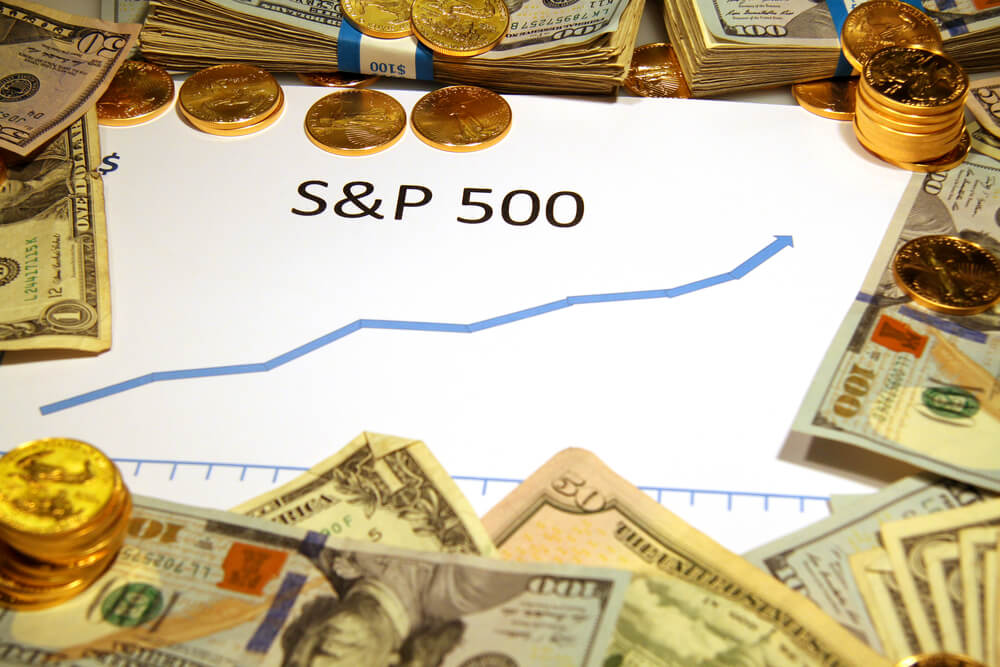The earnings recession that many had feared at the beginning of 2019 never materialized and it likely won’t any time soon, Leuthold Group Chief Investment Strategist Jim Paulsen says, and that could push the already record-high S&P 500 up another 15% or more.
The S&P 500 was at 2,942 shortly before lunchtime on the East Coast on Monday, and Paulsen says 3,400 — a 15% increase — is a real possibility.
If so, it could be time to lay some more money into that Vanguard S&P 500 ETF (ticker symbol VOO), Warren Buffett’s favorite exchange-traded fund.
Per CNBC:
“The second driver for this rally in the second half of the year” could be “better earnings” in addition to continued strength in the economy, the Leuthold Group chief investment strategist told CNBC Monday, following the S&P 500′s fresh all-time closing high Friday. The index last Tuesday logged its first record since September. So far in 2019, the index was up more than 10%, including a new intraday high Monday.
Paulsen characterized corporate earnings for the first three months of 2019 as “much better than feared,” pointing out the earnings recession that many had feared at the beginning of the year did not and likely won’t materialize. With first-quarter earnings season about halfway done, 77% of companies beat those lower expectations, 6% met, and 17% missed.
“As we get into summer and start reporting second-quarter earnings, we’ll have not … ‘much better than feared’ but maybe just good, better earnings,” argued Paulsen, saying 3,400 on the S&P 500 could be a real possibility. That would represent a 15% advance from Friday’s record finish and a whopping 44% premium to the index’s bruising low on Christmas Eve.
Last Monday, Paulsen put out a note that argued the market’s so-called Worry Gauge shows that, despite this year’s strength, investors remain really scared. And, perhaps counter-intuitively, that could drive stocks higher.
Looking at stocks’ forward performance since 1970, when the worry gauge was in the top quintile, as it is now, the S&P 500 pulled off an 18.48% annualized return within three months, or 4.33% nonannualized, Paulsen wrote. What’s more, there has only been a 25% chance of a loss within 13 weeks, he added.




